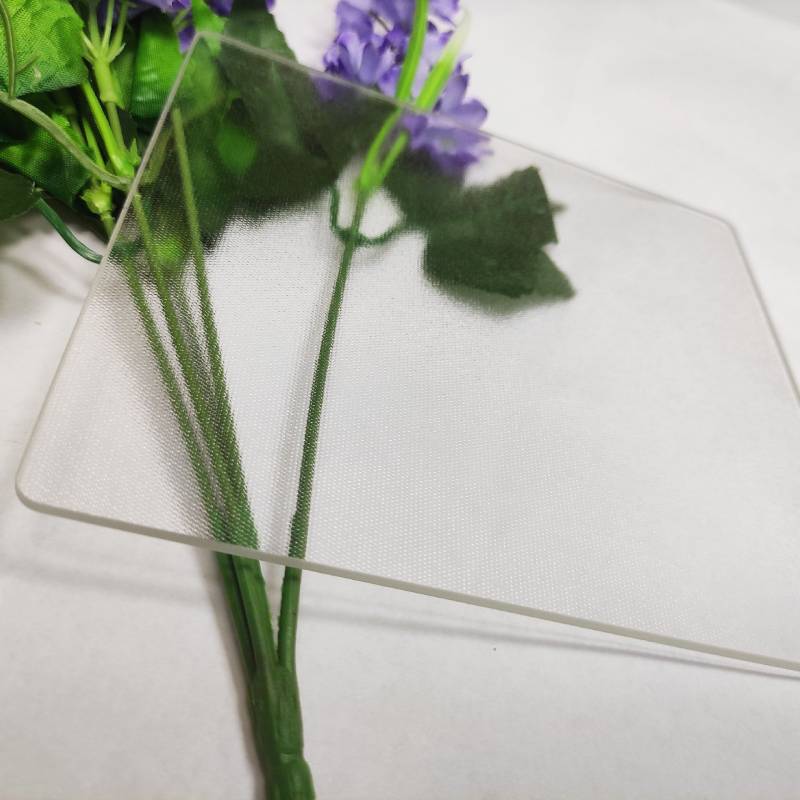From Translucent to Opaque Glass A Journey Through Design and Functionality
In the realm of architecture and interior design, glass plays a crucial role that transcends mere functional use. Among its diverse varieties, translucent and opaque glass hold special significance. Both types of glass serve unique purposes and embody different aesthetic qualities, contributing to the overall experience of a space.
From Translucent to Opaque Glass A Journey Through Design and Functionality
On the other hand, opaque glass presents a stark contrast. This type of glass is non-transparent, completely blocking light and visibility. It serves various functions, from providing privacy in office environments to acting as a boundary in public buildings. The solid nature of opaque glass can also be a powerful design element. It allows for bold architectural statements, enabling designers to create striking facades or partitions without the concern of revealing the inner workings of a space. The use of opaque glass in staircases, office dividers, or even as structural elements lends a modern aesthetic while ensuring functional privacy.
translucent to opaque glass
Not only do translucent and opaque glass offer distinct visual qualities, but they also impact energy efficiency. Translucent glass can regulate temperature and reduce the reliance on artificial lighting, thereby lowering energy consumption during daytime. This material is ideal for sustainable design practices, contributing to eco-friendly architecture. In contrast, opaque glass can aid in insulation, preventing heat loss in colder climates and thus contributing to energy conservation.
The technological advancements in glass manufacturing have also expanded the range of possibilities. Specialty coatings and treatments can enhance both types of glass, improving their durability, insulation properties, and aesthetic appeal. For instance, smart glass technologies are evolving, allowing glass to switch between transparent and opaque states with the flick of a switch. This innovation provides versatility, combining the benefits of both translucent and opaque glass in a single application.
In conclusion, the journey from translucent to opaque glass encapsulates a narrative of innovation, aesthetics, and functionality. As designers continue to explore the possibilities inherent in these materials, their applications are likely to evolve, further enriching our built environments. Whether embracing light through translucence or asserting boundaries with opacity, these glass types remain vital in crafting spaces that are both beautiful and practical. In this ongoing dialogue between transparency and solidity, we find not just a material choice, but a profound expression of human experience and interaction with the world.
 Afrikaans
Afrikaans  Albanian
Albanian  Amharic
Amharic  Arabic
Arabic  Armenian
Armenian  Azerbaijani
Azerbaijani  Basque
Basque  Belarusian
Belarusian  Bengali
Bengali  Bosnian
Bosnian  Bulgarian
Bulgarian  Catalan
Catalan  Cebuano
Cebuano  Corsican
Corsican  Croatian
Croatian  Czech
Czech  Danish
Danish  Dutch
Dutch  English
English  Esperanto
Esperanto  Estonian
Estonian  Finnish
Finnish  French
French  Frisian
Frisian  Galician
Galician  Georgian
Georgian  German
German  Greek
Greek  Gujarati
Gujarati  Haitian Creole
Haitian Creole  hausa
hausa  hawaiian
hawaiian  Hebrew
Hebrew  Hindi
Hindi  Miao
Miao  Hungarian
Hungarian  Icelandic
Icelandic  igbo
igbo  Indonesian
Indonesian  irish
irish  Italian
Italian  Japanese
Japanese  Javanese
Javanese  Kannada
Kannada  kazakh
kazakh  Khmer
Khmer  Rwandese
Rwandese  Korean
Korean  Kurdish
Kurdish  Kyrgyz
Kyrgyz  Lao
Lao  Latin
Latin  Latvian
Latvian  Lithuanian
Lithuanian  Luxembourgish
Luxembourgish  Macedonian
Macedonian  Malgashi
Malgashi  Malay
Malay  Malayalam
Malayalam  Maltese
Maltese  Maori
Maori  Marathi
Marathi  Mongolian
Mongolian  Myanmar
Myanmar  Nepali
Nepali  Norwegian
Norwegian  Norwegian
Norwegian  Occitan
Occitan  Pashto
Pashto  Persian
Persian  Polish
Polish  Portuguese
Portuguese  Punjabi
Punjabi  Romanian
Romanian  Russian
Russian  Samoan
Samoan  Scottish Gaelic
Scottish Gaelic  Serbian
Serbian  Sesotho
Sesotho  Shona
Shona  Sindhi
Sindhi  Sinhala
Sinhala  Slovak
Slovak  Slovenian
Slovenian  Somali
Somali  Spanish
Spanish  Sundanese
Sundanese  Swahili
Swahili  Swedish
Swedish  Tagalog
Tagalog  Tajik
Tajik  Tamil
Tamil  Tatar
Tatar  Telugu
Telugu  Thai
Thai  Turkish
Turkish  Turkmen
Turkmen  Ukrainian
Ukrainian  Urdu
Urdu  Uighur
Uighur  Uzbek
Uzbek  Vietnamese
Vietnamese  Welsh
Welsh  Bantu
Bantu  Yiddish
Yiddish  Yoruba
Yoruba  Zulu
Zulu 

